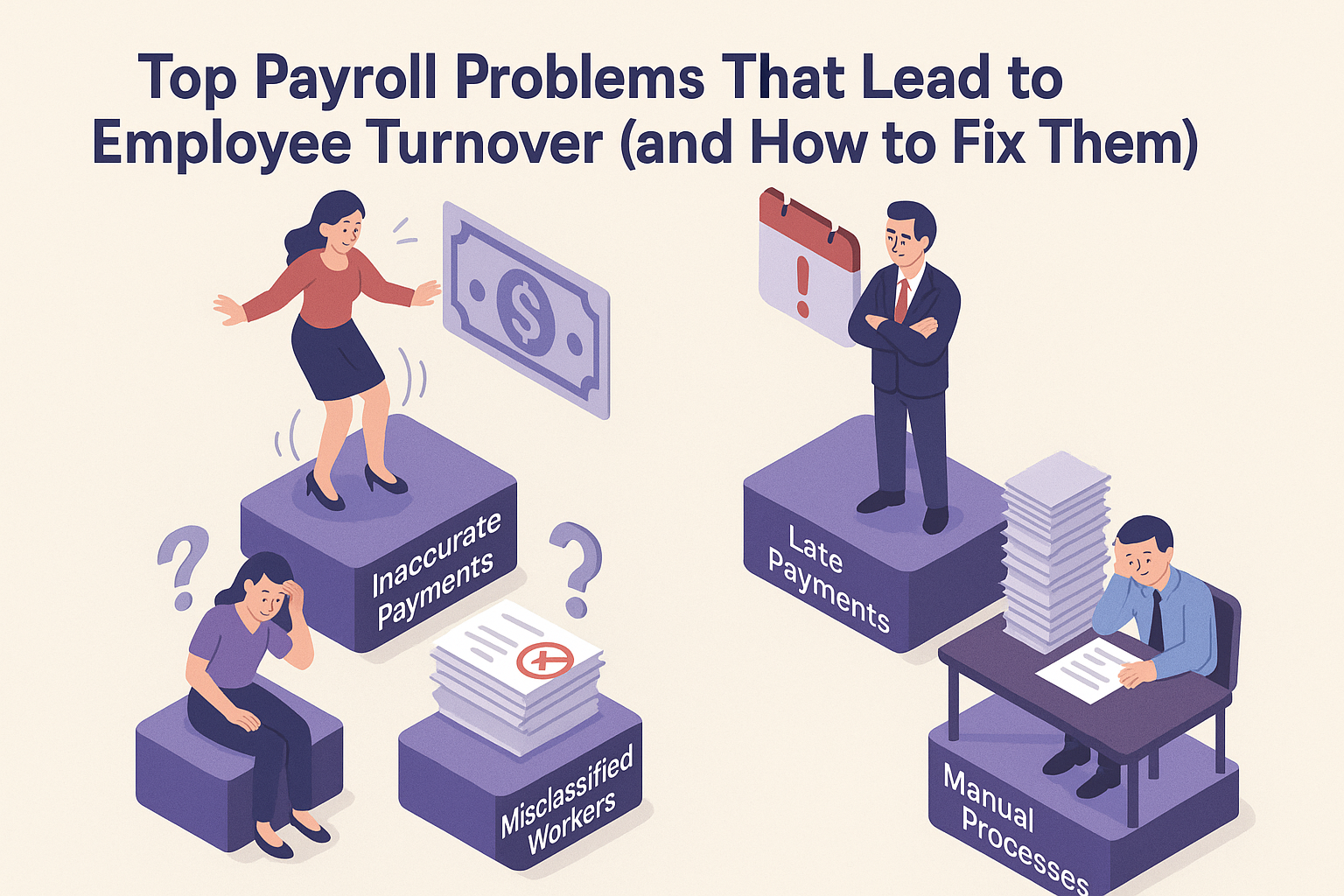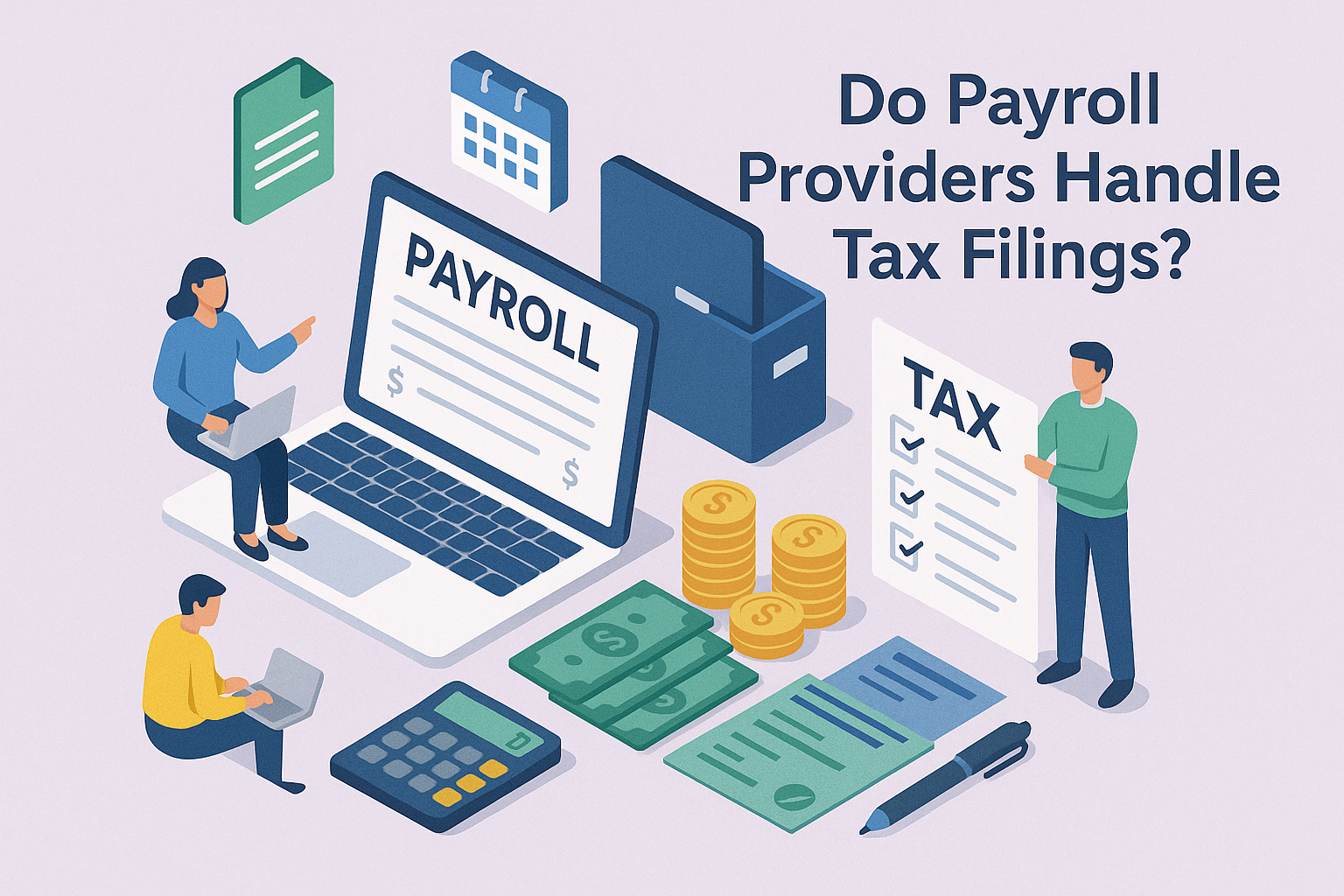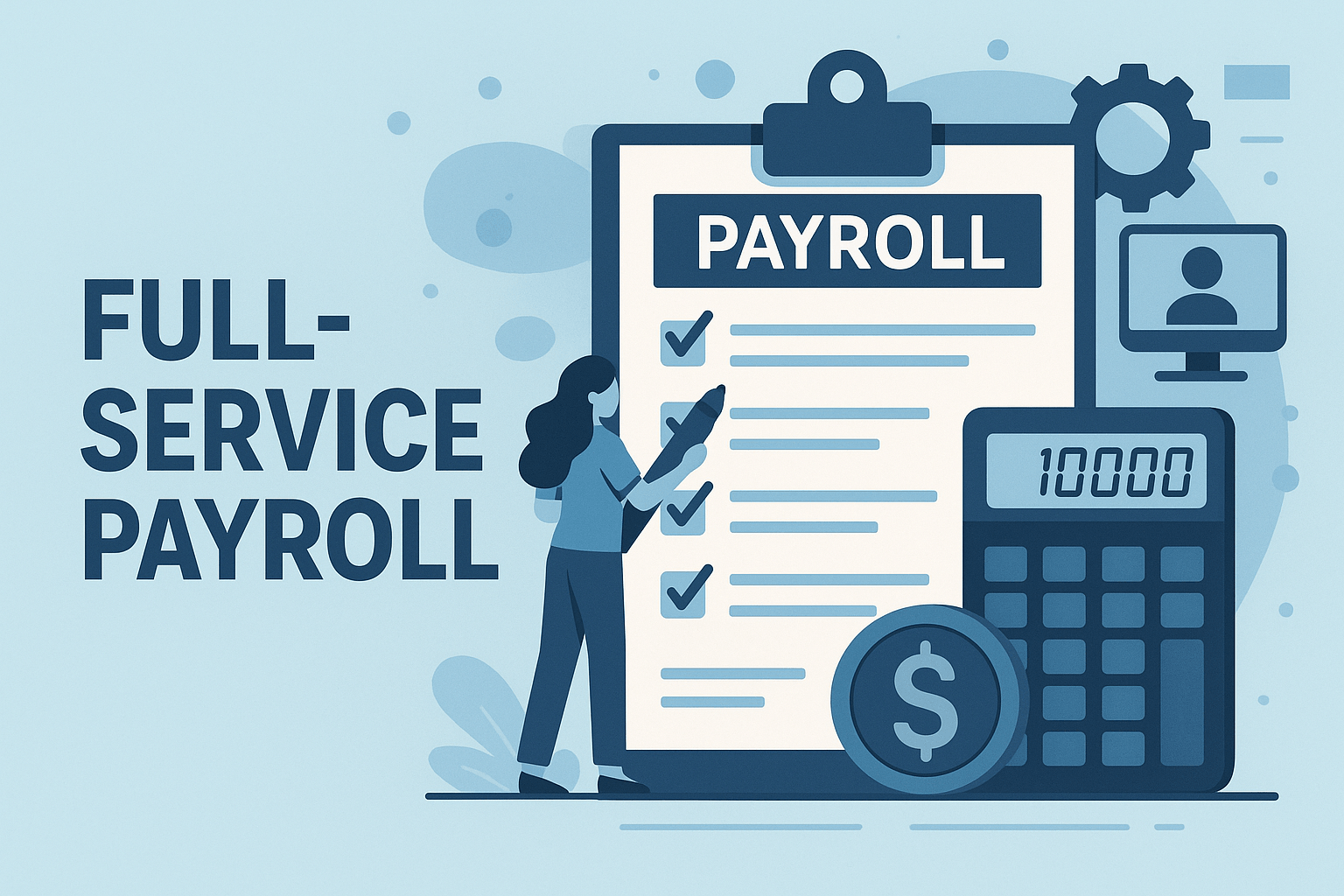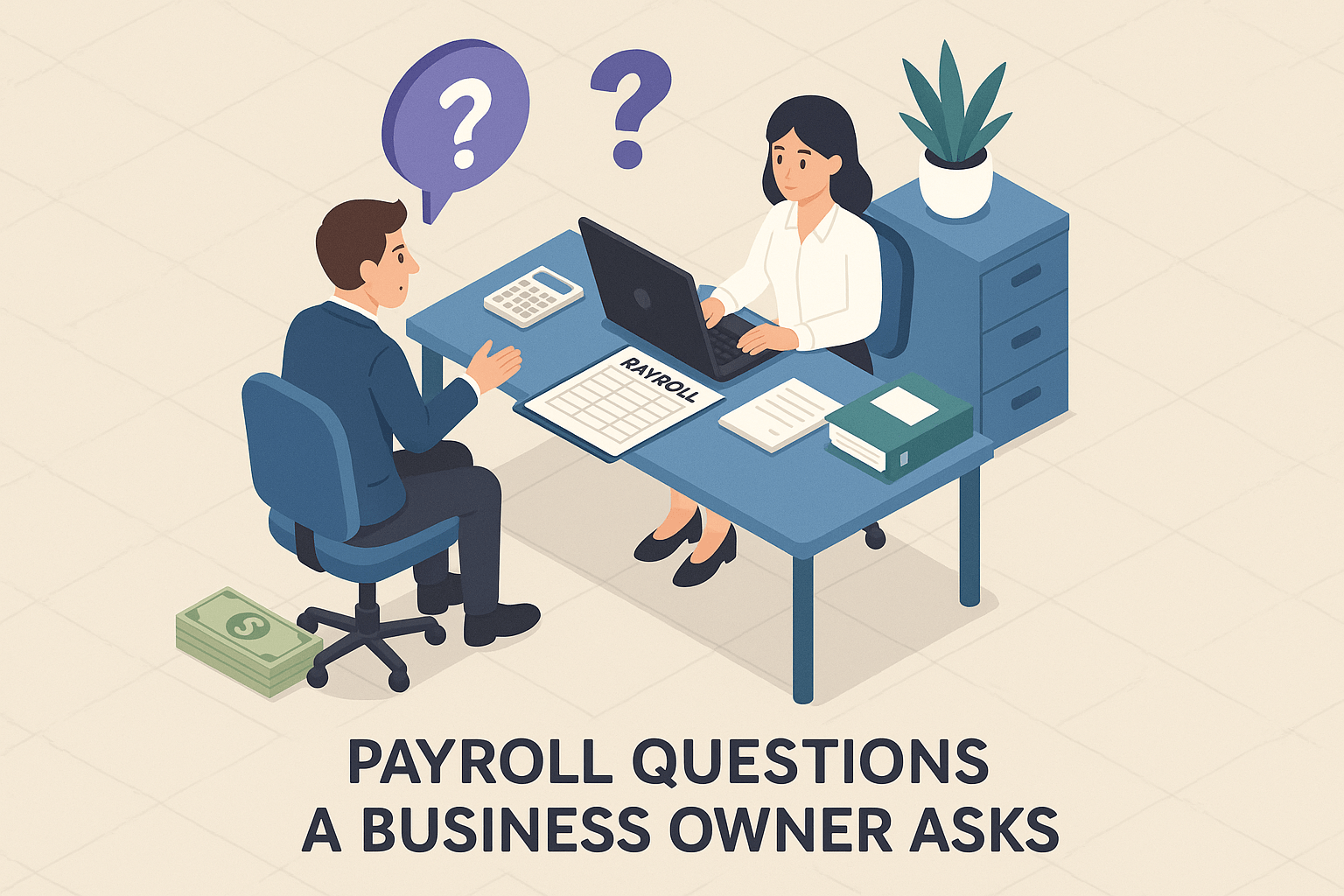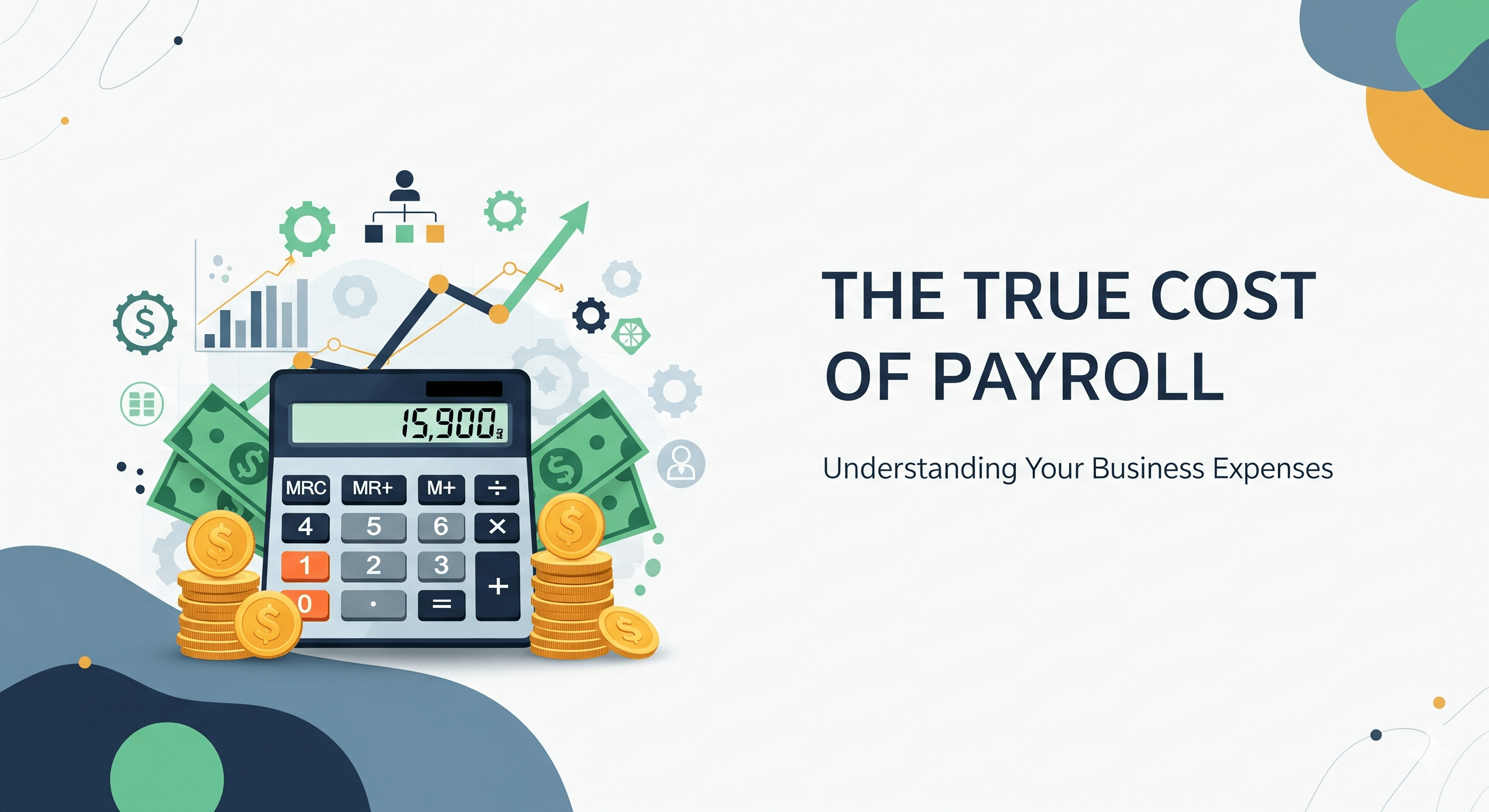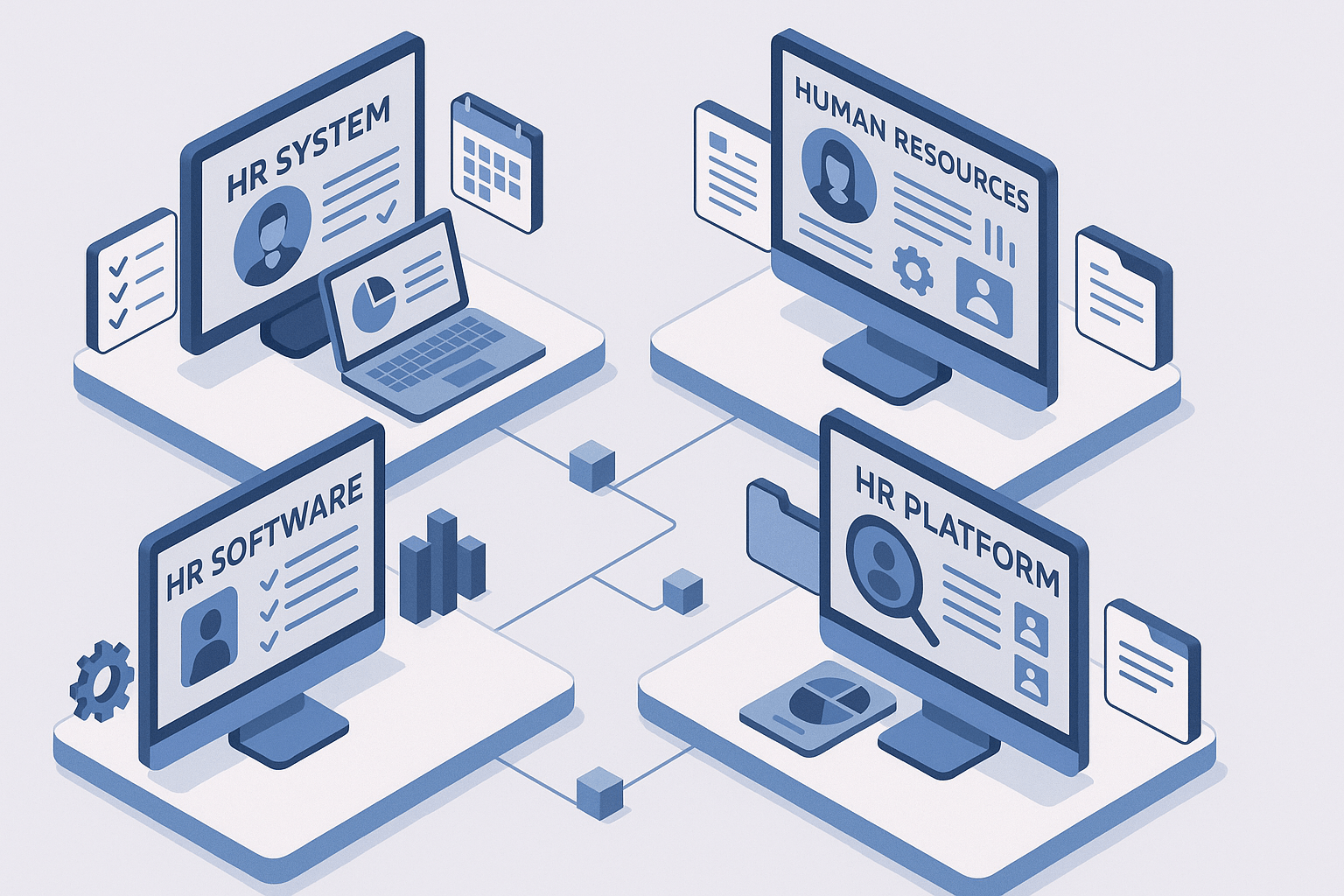1099 vs. W-2 Employees: Which Is Best for Your Business?
September 27th, 2024
5 min read

As a business owner or HR professional, you’ve likely found yourself grappling with the question: Should you hire full-time employees or bring on independent contractors? You’re not alone—many businesses wrestle with this decision, which comes with legal implications, financial consequences, and long-term impact on company culture.
Making the wrong choice could lead to costly penalties, tax issues, or a workforce that doesn’t align with your company’s goals. The stakes are high.
At Lift HCM, we’ve seen firsthand how the right mix of W-2 employees and 1099 contractors can help businesses thrive—and how the wrong mix can create confusion, financial strain, and legal trouble. In this article, we’ll break down the key differences between these two classifications, the pros and cons of each, and help you determine which is the best fit for your business.
Table of Contents
- What are W-2 Employees?
- What are 1099 Workers (Independent Contractors)?
- 6 Key Differences Between W-2 and 1099 Workers
- Legal Considerations and Misclassification
- Making the Right Decision for Your Business
What are W-2 Employees?
W-2 employees are your traditional full-time or part-time staff members. They receive wages or a salary, and at the end of the year, they get a W-2 form that details their earnings and tax withholdings. As an employer, you control their work schedule, methods, and conditions. You’re also responsible for withholding their taxes and offering benefits such as health insurance, paid time off, or retirement plans.
What are 1099 Workers (Independent Contractors)?
1099 workers, also known as independent contractors or freelancers, operate as self-employed individuals. They provide services on a contract basis and are responsible for their own taxes and expenses. Contractors have more autonomy in how and when they perform their work and often juggle multiple clients. At the end of the year, they receive a 1099 form detailing the income earned from your company.
6 Key Differences Between W-2 and 1099 Workers
1. Control Over Work: What Level of Oversight Do You Need?
-
W-2 Employees: You have more control over W-2 employees. They are expected to work during specific hours, usually at a set location, and adhere to your company’s policies and procedures. You dictate how and when the work gets done.
-
1099 Contractors: Contractors have much more flexibility. They control their own hours, work methods, and often work remotely. They’re typically hired for specific projects rather than for ongoing day-to-day operations.
2. Tax Responsibilities: Who Pays What?
-
W-2 Employees: As the employer, you’re responsible for withholding income taxes, as well as Social Security and Medicare taxes, from your employee’s paycheck. You also contribute to these taxes, covering half of the Social Security and Medicare taxes.
-
1099 Contractors: Contractors handle their own taxes, including both the employer and employee portions of Social Security and Medicare, known as self-employment tax. They also make quarterly estimated tax payments.
💡 Did You Know? According to the IRS, the self-employment tax rate is 15.3%, which includes 12.4% for Social Security and 2.9% for Medicare.
Below is a pie chart comparing tax responsibilities between W-2 employees and 1099 contractors, illustrating the differences in tax contributions for each.

3. Benefits & Protections: What Do Your Workers Get?
-
W-2 Employees: Full-time employees typically have access to benefits like health insurance, paid vacation, and retirement plans. Additionally, they’re protected by labor laws, including minimum wage, overtime regulations, unemployment benefits, and workers' compensation.
-
1099 Contractors: Contractors are not entitled to employer-sponsored benefits like health insurance or paid time off. They aren’t protected by most labor laws, meaning they must handle their own insurance and retirement planning.
📊 Stat Fact: A 2019 survey by the Bureau of Labor Statistics found that 79% of private industry workers had access to employer-sponsored healthcare plans, while only 55% of self-employed individuals had health insurance coverage.
4. Job Security: Short-Term vs. Long-Term Stability
-
W-2 Employees: Generally, W-2 employees have more job security. They are employed for the long term, with steady income and the possibility of career growth within the company.
-
1099 Contractors: Contractors work on a project-by-project basis. While they enjoy the flexibility to work for multiple clients, they might also experience periods without work and fluctuating income.
5. Equipment & Expenses: Who Foots the Bill?
-
W-2 Employees: As an employer, you typically provide the necessary equipment and cover work-related expenses for W-2 employees.
-
1099 Contractors: Contractors supply their own tools and cover their expenses. However, they can often deduct these costs when filing taxes.
6. Training & Skill Development: Who Handles the Learning?
-
W-2 Employees: Employers usually invest in training and professional development for their W-2 employees to help them grow within the company.
-
1099 Contractors: Contractors are expected to arrive with the necessary skills and experience. They are responsible for maintaining and updating their own skills independently.
Comparison Chart of W-2 Employees vs 1099 Contractors
| Category | W-2 Employees | 1099 Contractors |
| Taxation | Taxes withheld by employer | Pays all taxes, including self-employment tax |
| Benefits | Receives benefits (health, retirement) | No benefits provided |
| Work Structure | Set schedule, ongoing employment | Per-project basis, flexible schedule |
| Legal Protections | Covered by laws | Not covered by laws |
| Payment | Regular salary, payroll taxes deducted | Paid per project, no taxes deducted |
| Independence | Works under employer’s direction | Operates independently |
Legal Considerations and Misclassification
It’s essential to understand that classifying a worker as either W-2 or 1099 isn’t a choice—it’s determined by the nature of the working relationship. Misclassifying employees as independent contractors can lead to significant legal and financial repercussions for your business.
The IRS uses common law rules to determine worker classification, based on:
- Behavioral Control: Does the company control how the work is done?
- Financial Control: Does the worker have an opportunity for profit or loss?
- Relationship: Is the work performed a key aspect of the business?
The DOL uses an economic reality test to determine if a worker is an employee or independent contractor under the Fair Labor Standards Act. It considers factors like:
- Profit potential based on managerial skills
- Investments by worker and employer
- Relationship duration
- Employer control
- Work's importance to the business
- Worker's skill and initiative
No single factor is decisive; the overall circumstances determine the worker's status.
📌 Pro Tip: To ensure compliance, businesses should regularly consult with a legal or payroll professional who specializes in workforce classification, or even take advantage of services like those provided by Lift HCM, which streamline the employee classification process.
Pros and Cons of Hiring W-2 vs 1099 Workers
| Hiring Option | Pros |
Cons |
| W-2 Employees | Greater control over work processes, longterm workforce stability, easier to build company culture | Higher costs (benefits, taxes), less flexibility in scaling, more administrative responsibilities |
| 1099 Contractors | Lower costs, flexibility for project-based work, less administrative burden | Less control, potential for 1RS misclassification issues, harder to integrate into company culture |
Pros and Cons of Being a W-2 vs 1099 Worker
| Worker Status | Pros |
Cons |
| W-2 Employee | Stable income, access to benefits, job security | Less flexibility in work arrangements, limited control over work processes |
| 1099 Contractor | Greater autonomy, potential for higher earnings, tax deductions for business expenses | Lack of benefits, variable income, must handle taxes and expenses independently |
Making the Right Decision for Your Business
Understanding the differences between W-2 employees and 1099 contractors is crucial for making the right hiring decisions for your business. Each classification comes with its own set of benefits and challenges, and the choice you make will have significant implications for your company's operations, finances, and legal standing. By weighing the pros and cons and considering your specific business needs, you can create a balanced workforce that drives success.
W-2 Employees: If you need long-term commitment, full control over how work is done, and wish to build a strong company culture, W-2 employees may be the best option.W-2 Employees: If you need long-term commitment, full control over how work is done, and wish to build a strong company culture, W-2 employees may be the best option
1099 Contractors: If flexibility and cost-saving are your priorities, and you’re okay with less control, 1099 contractors might be the better fit.
1099 Contractors: If flexibility and cost-saving are your priorities, and you’re okay with less control, 1099 contractors might be the better fit.
At Lift HCM, we understand the complexities of managing a modern workforce. By carefully evaluating the nature of the work and the legal requirements, we can help you make an informed decision that aligns with your business goals. Don’t wait until tax season to realize you’ve misclassified your employees. Reach out to Lift HCM today to ensure your workforce is set up for success—from payroll to compliance and beyond!
Please note that this article does not cover all possible scenarios, and any discussions or viewpoints should not be considered legal advice. Readers are advised to consult with legal professionals for specific legal guidance.
Caitlin Kapolas is a results-driven professional with a strong background in account management and retail. She is dedicated to improving client experiences and building lasting relationships. Caitlin excels in identifying client needs, resolving issues, and implementing customized solutions that drive value. Her effective communication skills ensure high client satisfaction and loyalty, making her a trusted advisor and partner in meeting client needs with precision and professionalism.











